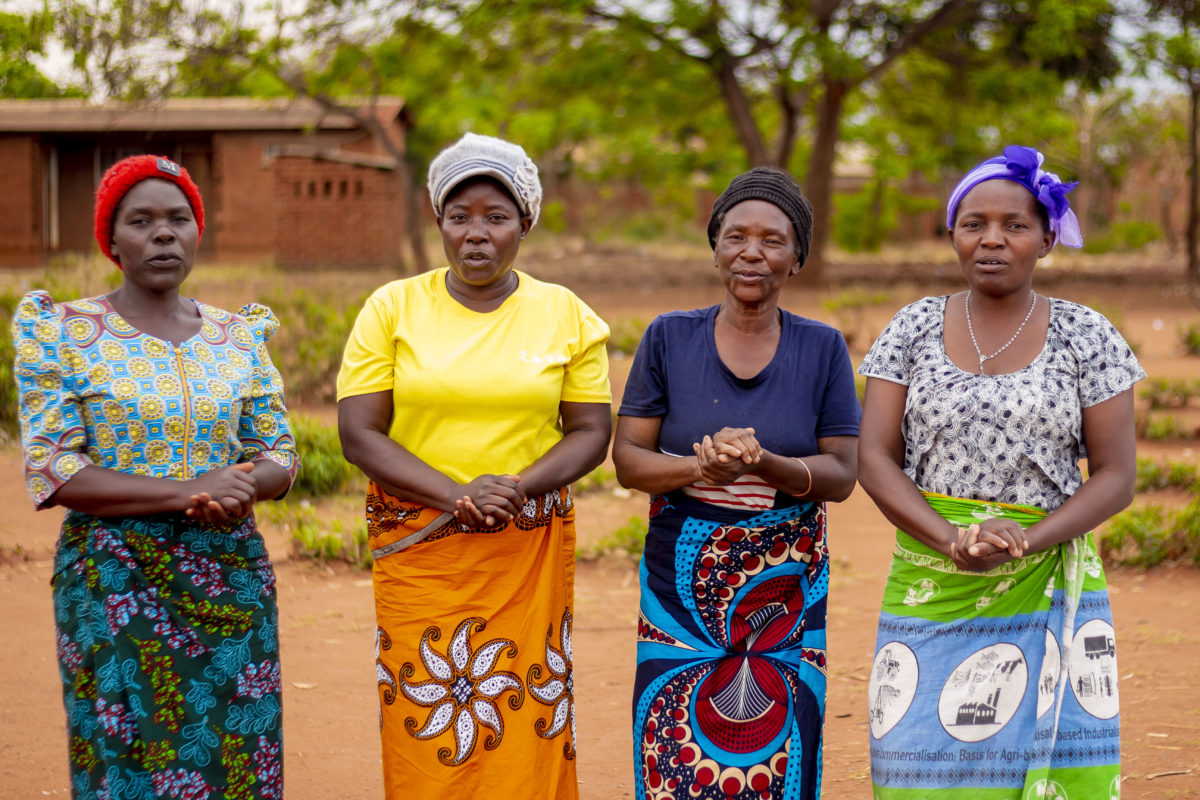NGOs have long understood that meaningful community engagement makes education projects more relevant, successful, and sustainable. But the COVID-19 pandemic, which brought sudden school closures and disrupted INGOs’ and national NGOs’ work, catapulted communities into leading roles. Where previously community-based structures tended to play advisory or enabling roles in education projects, they began delivering support directly to project participants, and in doing so were able to identify needs and make adaptations which kept projects relevant during the emergency. Discussions about whether and how NGOs should localise the responsibility and power for education were suddenly much more urgent.
A thematic review by the Girls’ Education Challenge explored how structures from within the community contributed to the successful implementation of interventions during the COVID-19 pandemic. It identified six key factors which were present in projects which successfully adapted to this new way of working.
1. Build on established relationships
In Zimbabwe, Plan International’s SAGE project built on an existing network of over 500 community volunteers. The project pivoted its learning, life skills and safeguarding activities to be delivered via phone, in small groups and at household level. Subsequently, community structures rose to the fore to distribute materials, mobilise girls to attend sessions, disseminate vital lifesaving messages, map out essential local services and strengthen safeguarding and protection referral pathways.
2. Nurture communities’ agency
With support from the SAGE project, despite the closure of learning spaces, these community structures supported the identification and enrolment of over 3,800 new girls, participated in monitoring visits, led refresher trainings and established male engagement clubs, as well as identifying local tradespeople and donating goods to launch SAGE’s new vocational skills training component.

3. Actively listen
Link Education listened to communities in Ethiopia to create an ‘ecosystem’ of support to keep in contact with girls, provide safeguarding and hygiene information, and follow up on home-based learning while schools in the STAGES project were closed. Local government staff and Mother and Father Groups played particularly key roles in identifying needs, mapping local services, and providing support. The active listening approach was principally effective in addressing child safeguarding issues where community-led family interventions enabled 90% of girls who had been married during school closures to return to school.
4. Capitalise on delivery to achieve more
Before the pandemic, Link Education’s TEAM Girl Malawi project worked with Learning Centre Management Committees to supply learning resources, monitor Facilitators’ (who taught the learners) timekeeping, and support food distribution. The project put in place a distance learning programme, but it was not easy to know if learning was taking place, so the management committee was tasked to support Facilitators to monitor whether learning was happening and encourage distance/ home learning. This expanded the role of the management committee to close the information gap and manage learning. The result was the maintenance of learning while centres were closed. 88% of girls improved their reading scores, 86% improved in maths, and 83% improved life skills despite the closure of the learning centres.
5. Partner with non-education community groups
International Rescue Committee’s EAGER project in Sierra Leone is a non-formal education project for out of school girls. They project partnered with caregiver groups through Community Dialogues with key community leaders. These activities were implemented to shine a spotlight on the gender norms that create barriers for girls’ education, and put their health, safety, and wellbeing at risk.
6. Work within all levels of the system
The project also worked within all levels of the systemby communicating the intentions and ethos of EAGER at the Chiefdom, District, and National Level, to ensure that EAGER is recognised as a legitimate means to support education and personal development of girls that otherwise would not access schooling. This also helps to ensure that non-education community-based structures are accountable to supporting the implementation. As a result, over 80% of girls attended at least 65% of sessions over the entire time period, 96% of girls have made at least 1 new friend through the EAGER Program, and 91% of girls believe they will be able to achieve the goals they set during the project timeline after the EAGER project implementation finishes.
The six characteristics of successful utilisation of community-based structures are not unique to the COVID-19 closures and instead set the stage for powerful linkages between education projects and communities even when schools and learning spaces re-open. This creates opportunities to re-consider the role of communities and community-based structures in debates around the localisation of international development and aid.
